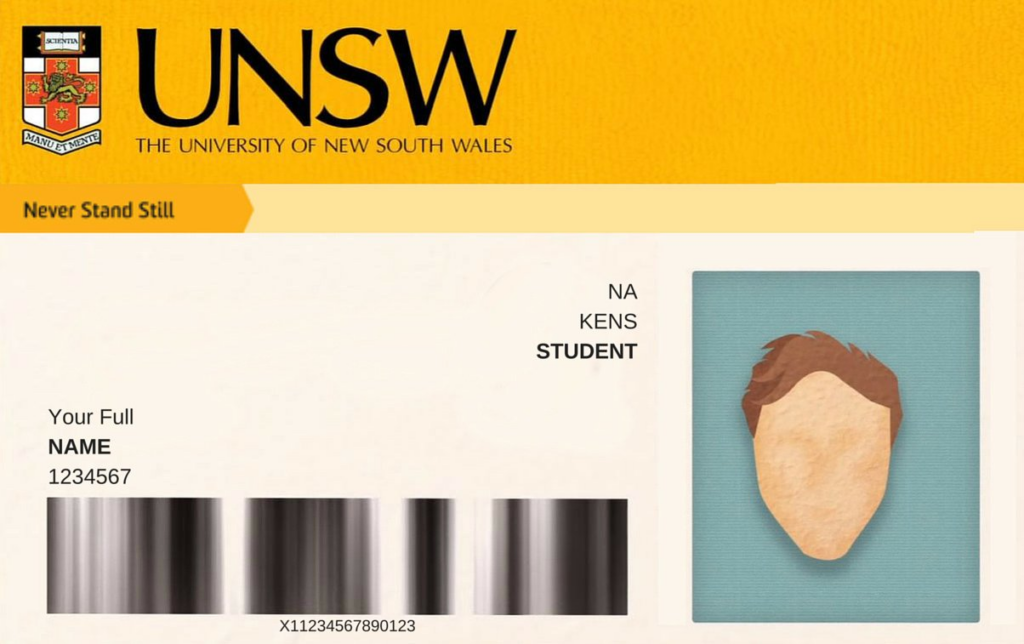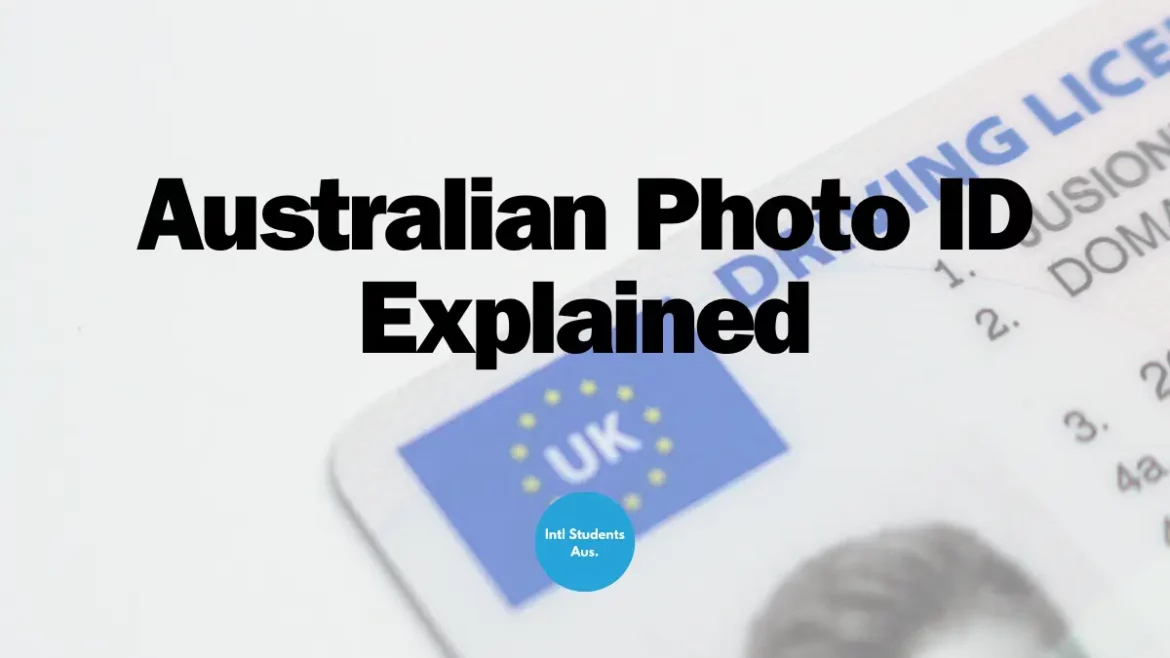If you are planning to travel, work, or study in Australia, you will need a valid photo ID to prove your identity and access various services. Having an Australian photo ID can open up many opportunities and benefits for you, such as accessing public transport, banking, health care, and education services.
It can also make your travel and stay in Australia more convenient and secure. But how do you get one if you are not an Australian citizen or permanent resident? This comprehensive guide will walk you through the steps and requirements to obtain your Australian photo ID, whether you are a visitor, a temporary resident, or a new migrant.
You will learn about the different types of photo IDs available, the documents and fees you need to prepare, and the application process and waiting time. By following this guide, you will be able to get your Australian photo ID with ease and confidence.
The Importance of an Australian Photo ID and why do I need one?
An Australian photo ID is crucial for many aspects of life. It establishes your identity and verifies essential personal information. Here’s why it matters:
- Identity Verification: A photo ID confirms who you are, protecting you from identity theft and fraud.
- Age Verification: It serves as proof of age, making it easier to buy age-restricted items and access venues with age restrictions.
- Access to Services: Many services and benefits require a valid photo ID, from opening a bank account to enrolling in educational programs.
- Safety and Security: A photo ID, such as a driver’s license, ensures your competence and provides vital information in emergencies.
In short, having an Australian photo ID is essential for everyday tasks and significant life events.
Types of Australian Photo IDs
The first step in obtaining your Australian photo ID is determining which type is right for you. The three most common options are:
1. Australian Passport:

This is the most widely accepted form of photo ID in Australia and abroad. You can apply for an Australian passport if you are an Australian citizen or eligible British subject. You will need to provide proof of citizenship, identity, and address, as well as two recent passport-sized photos. The fee for a standard 10-year passport is $301 AUD.
2. Australian Driver’s License:

This is a photo ID that also allows you to drive a motor vehicle in Australia and some overseas countries. You can apply for an Australian driver’s license if you are at least 16 years old and meet the medical and residency requirements. You will need to pass a knowledge test, an eyesight test, and a practical driving test. The fee for a driver’s license varies depending on the state or territory where you live.
3. Proof of age card:

This is a photo ID that proves that you are over 18 years old and can legally purchase alcohol and tobacco products in Australia. You can apply for a proof of age card if you are at least 18 years old and do not have a driver’s license or passport. You will need to provide proof of identity, address, and age, as well as a recent passport-sized photo. The fee for a proof of age card is currently AUD 10.
4. Student Card:

This is a document that proves your identity and enrolment status as a student in Australia. You can get a student card from your educational institution when you enrol or re-enrol. You will need to provide proof of identity and pay a fee if applicable. The student card is usually valid for one academic year.
5. Health Care Card:

This is a document that proves your eligibility for certain health care benefits and concessions in Australia. You can apply for a health care card online, by phone, or by post through Services Australia. You will need to provide proof of identity, income, and residency. The health care card is valid for one year or until your circumstances change.
Photo Requirements For Australian Photo ID
Regardless of the type of photo ID you are applying for, you will need to provide two identical, good quality color prints that meet the following requirements:
- The photos should be less than six months old and produced using dye sublimation, not from an inkjet printer.
- The photos should not have any retouching of any kind (including removal of background, moles, wrinkles or scars).
- The photos should have a clear, focused image with no marks or ‘red eye’.
- The photos should have a plain white or light grey background that contrasts with your face.
- The photos should have uniform lighting (no shadows or reflections) with appropriate brightness and contrast to show a natural skin tone.
- The photos should show your face looking directly at the camera and not tilted in any direction.
- The photos should show your hair off your face so that the edges of your face are visible.
- The photos should show your eyes open, mouth closed, and neutral expression (not smiling, laughing or frowning).
- The photos should not show any glasses, head coverings (unless worn for religious reasons), jewellery, or piercings that obscure any part of your face or cause any reflection.
- The photos should have the size of 35mm to 40mm wide and 45mm to 50mm high.
- The size of the face from chin to crown should be up to a maximum of 36mm, with a minimum of 32mm.
The Application Process: Step by Step
Now that you’ve decided on the type of Australian photo ID you need, let’s break down the application process into manageable steps:
Step 1: Gather Required Documents
Before you can apply for your Australian photo ID, you’ll need to gather the necessary documents. Typically, this includes proof of identity (such as a birth certificate or passport), proof of residency (such as a utility bill or rental agreement), passport-sized photos, and a completed application form. Be sure to check the specific requirements for the type of ID you’re applying for, as they may vary slightly.
Step 2: Visit the Relevant Authority
Once you have all the required documents in hand, it’s time to visit the relevant authority to submit your application. For driver’s licenses, you’ll need to visit your state or territory’s transport department or licensing authority. Proof of age cards may be obtained from your local police station or licensing authority. Passport applications are processed through Australia Post offices or passport offices.
Step 3: Complete the Application Form
Carefully fill out the application form, ensuring that all information provided is accurate and up-to-date. Take your time to avoid any errors or discrepancies that could delay the processing of your application. Double-check the form before submitting it to ensure nothing has been overlooked.
Step 4: Provide Biometric Information
Depending on the type of Australian photo ID you’re applying for, you may be required to provide biometric information, such as fingerprints or a digital photo. This information helps verify your identity and prevent fraud, ensuring the security of your ID.
Step 5: Pay the Fees
Most photo ID applications require payment of a fee, which covers the administrative costs associated with processing your application. Be prepared to pay this fee either at the time of application or upon approval. The fee amount varies depending on the type of ID and your location.
Step 6: Wait for Processing
After submitting your application and paying the necessary fees, all that’s left to do is wait for processing. The time it takes to process your application may vary depending on factors such as the type of ID you’re applying for and the current workload of the relevant authority. You can track the status of your application online or contact the authority for updates.
Step 7: Collect Your ID
Once your application has been approved, you’ll receive a notification to collect your Australian photo ID. Return to the same authority where you submitted your application to pick up your ID in person. Be sure to bring any required identification documents for verification purposes.
Additional Tips for Success
In addition to following the steps outlined above, consider the following tips to ensure a smooth and successful application process:
- Make copies of all your identification documents and keep them in a safe place. This can be helpful in case your ID is lost or stolen.
- Keep track of the expiration date of your ID and make sure to renew it on time to avoid any disruptions to your daily activities.
- If any of your personal information changes (such as your address or name), be sure to update it with the relevant authority to keep your ID current and valid.
- Use a professional passport photo provider such as post offices, professional photographers, large chain stores with printing facilities, camera stores, pharmacies, or other reputable businesses. Avoid using online passport photo services or mobile apps as they may pose a risk of identity fraud.
- Wear clothing that contrasts with the background and does not have any patterns or logos.
- Avoid wearing makeup that alters your natural appearance or creates glare on your skin.
- Keep your facial expression neutral and relaxed. Do not smile, frown, raise your eyebrows, or squint your eyes.
- Make sure there is enough space around your head and shoulders in the photo. Do not crop or enlarge the photo yourself.
- Check the quality of the photo before submitting it. Make sure it is clear, sharp, well-lit, and free of any defects.
Summing Up!
By following this comprehensive guide and keeping these tips in mind, you can navigate the process of obtaining your Australian photo ID with confidence and ease. With your new ID in hand, you’ll have the peace of mind of knowing that you have a reliable form of identification for all your future endeavors.


